Inland Empire United wins Las Vegas tourney
A 13-year-old area boys basketball team excelled in a recent Nevada tournament. Inland Empire United, in the Breakthrough Nationals in
A look at why the delay has local pilots concerned

SAN BERNARDINO COUNTY, Calif. - Air traffic at San Bernardino International Airport (SBD) has boomed in recent years. From meeting the growing demand of the logistics industry to welcoming a new passenger airline, SBD Airport has experienced a 133% increase in air traffic in the last decade.
Despite this rapid growth, there is one thing that has not changed. The San Bernardino Control Tower is yet to be updated with a radar system. That means the local control tower directs all planes landing at SBD Airport using radio and visual observation.
The recent increase in air traffic, especially the mix of cargo and general aviation planes, has pilots concerned.
This newsletter looks at what it means for a growing international airport to operate without control tower radar. Plus, the reason for the delay, even as the SBD Airport and local pilots push for a change.
The FAA radar directs pilots toward San Bernardino Airport from the Southern California TRACON facility in San Diego. Once the plane reaches about 5-miles from the airport, TRACON transfers communication to the San Bernardino Airport control tower.
The control tower monitors the altitude, speed, and direction of planes to prevent any potential collisions or hazardous situations.
The SBD Airport control tower does not have the monitoring equipment needed to use FAA radar. Instead, air traffic controllers use radios and binoculars to direct traffic.
"Radar is very important to us at San Bernardino Airport. It matters a lot, but it doesn't just matter to us, it matters to everyone. The FAA wants us to have. Local pilots want us to have it. We want to have it. There's a universal understanding that it would benefit the airport and local pilots to have radar in our airport," said Mark Gibbs, director of aviation at San Bernardino Airport.
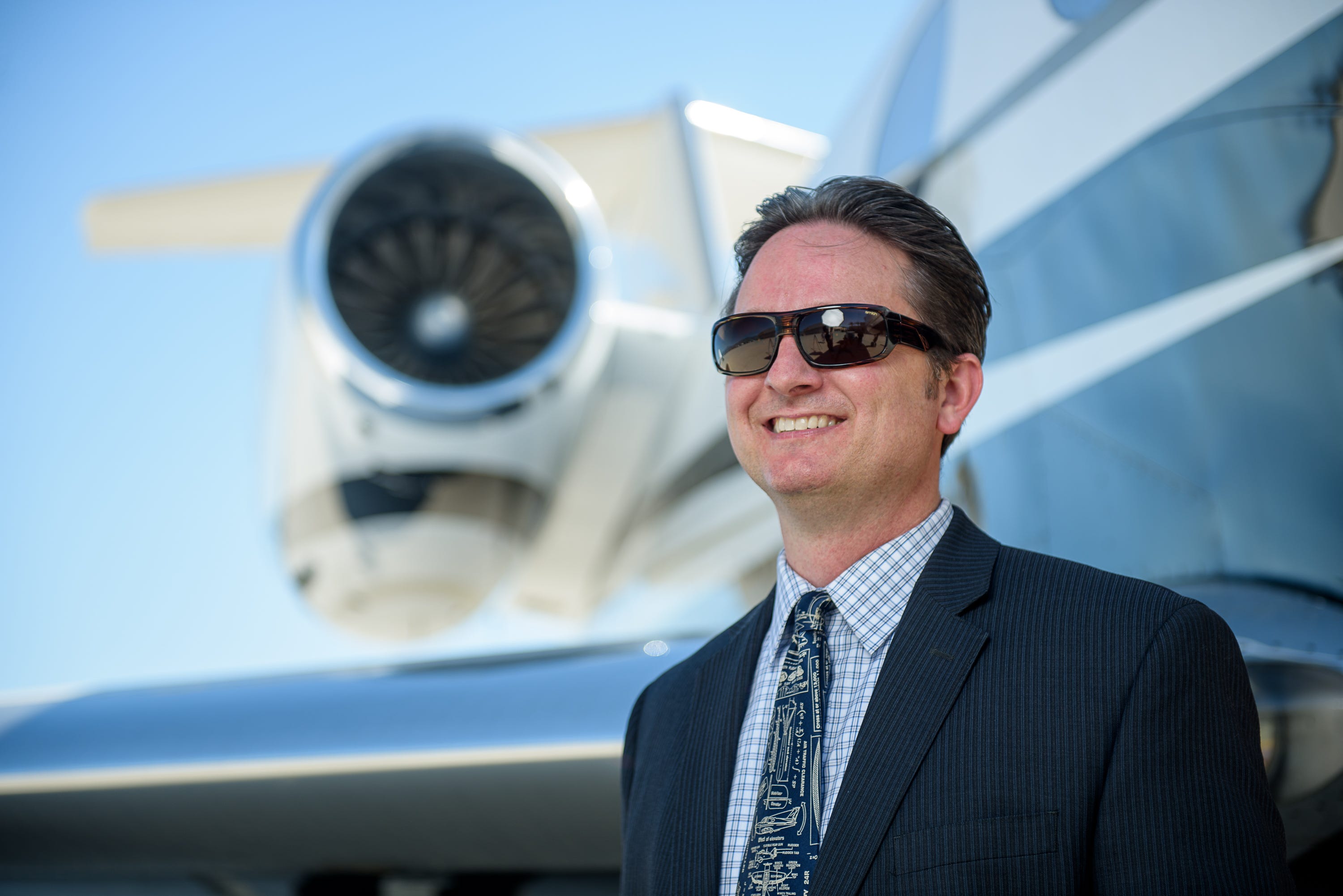
The San Bernardino airport tower opened in 2008 but was not eligible for radar until 2021, when the airport was accepted into the FAA Control Tower Program.
Gibbs said it is a misnomer to say the airport is "unsafe" without radar, but it would "absolutely" benefit the airport.
"I've been fighting for it for a long time. And the pilots that transition this airspace, if they know there's no radar here, they would prefer us to have it as well," said Gibbs.
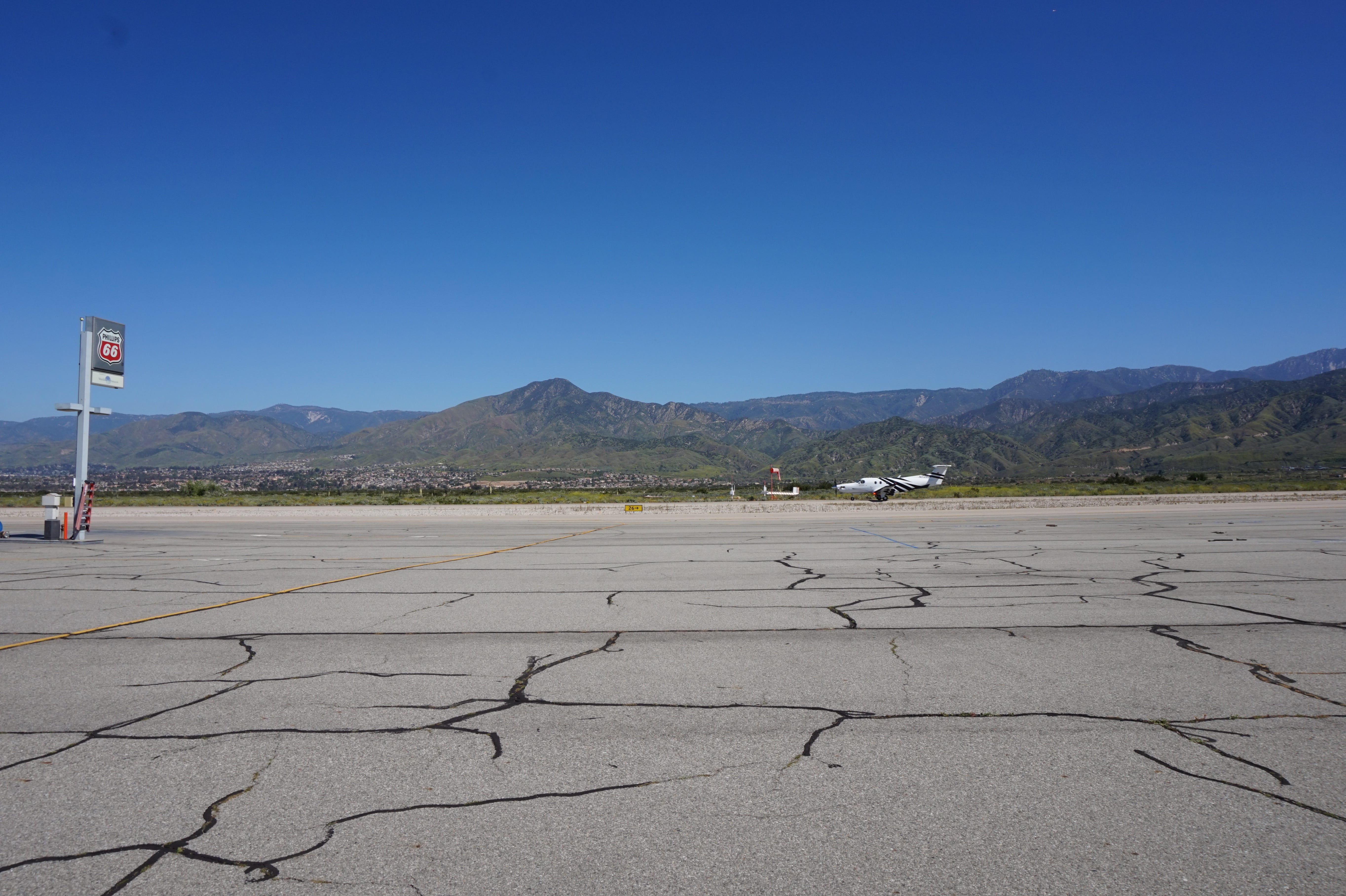
The pilots I spoke to explained the risks that come with not having radar in the control tower.
Richard Eastman is a "high-time pilot," meaning he's clocked in more than 13,000 hours in the air. He is also a licensed commercial pilot and FAA Safety Team Representative (FAASTeam). Eastman has been concerned about the lack of radar surveillance equipment in the SBD airport tower for years.
"They are called 'see and avoid rules,' where you look out your window and see if the jet is coming at you," Eastman explained about landing his small plane at either Redlands or SBD airports, "hopefully, I see the jet soon enough that I can dodge it because the jet can't turn fast enough to dodge me."
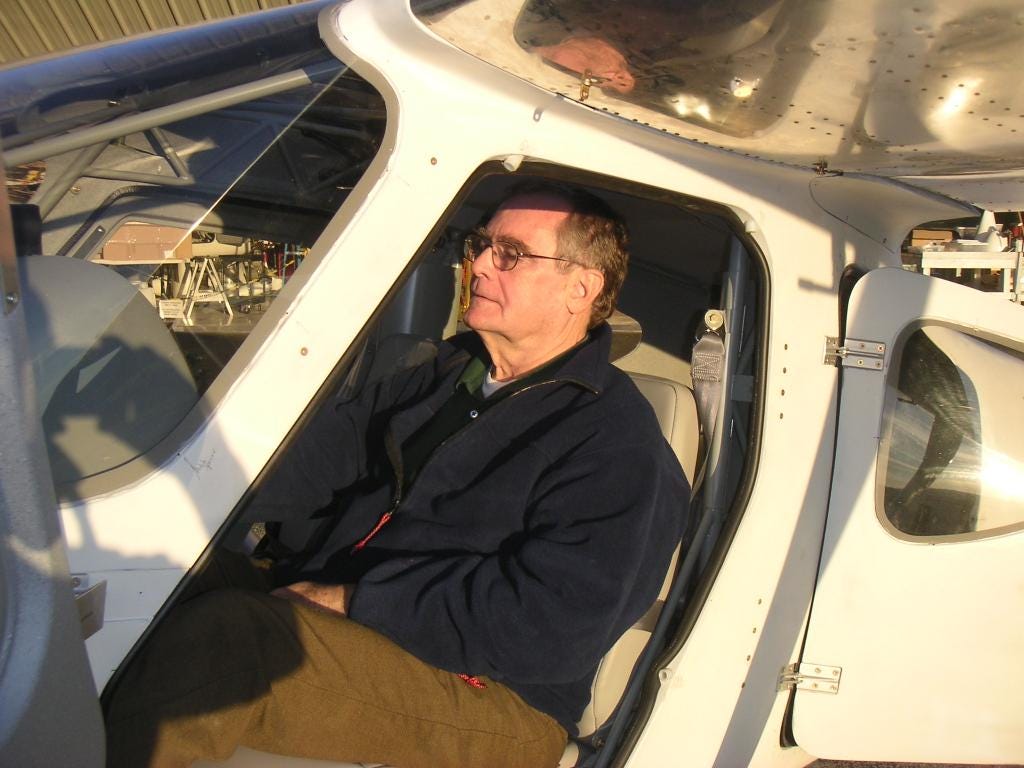
In 2015, Eastman outlined his concerns over increased air traffic at SBD Airport in a report to the Southern California Association of Governments. He explained the challenge of mixing general aviation planes with the cargo traffic that has come to dominate the airport.
"When there are jets inbound, the tower has to stop all west-bound landing traffic so east-bound jets can get on the runway," said Eastman. The result is that general aviation planes can circle south of San Bernardino Airport for up to 10 minutes. This is right along the inbound path to Redlands Airport.
"The jets just muddle the entire process every time they make an approach," Eastman said.
Radar in the San Bernardino Control Tower would enable both the tower and aircrafts to see each other at low altitudes.
"Right now, everyone flying under 3,000 feet near San Bernardino Airport is basically flying under the "See and Avoid" rules. "This is really inviting an accident, in my opinion," warned Eastman.
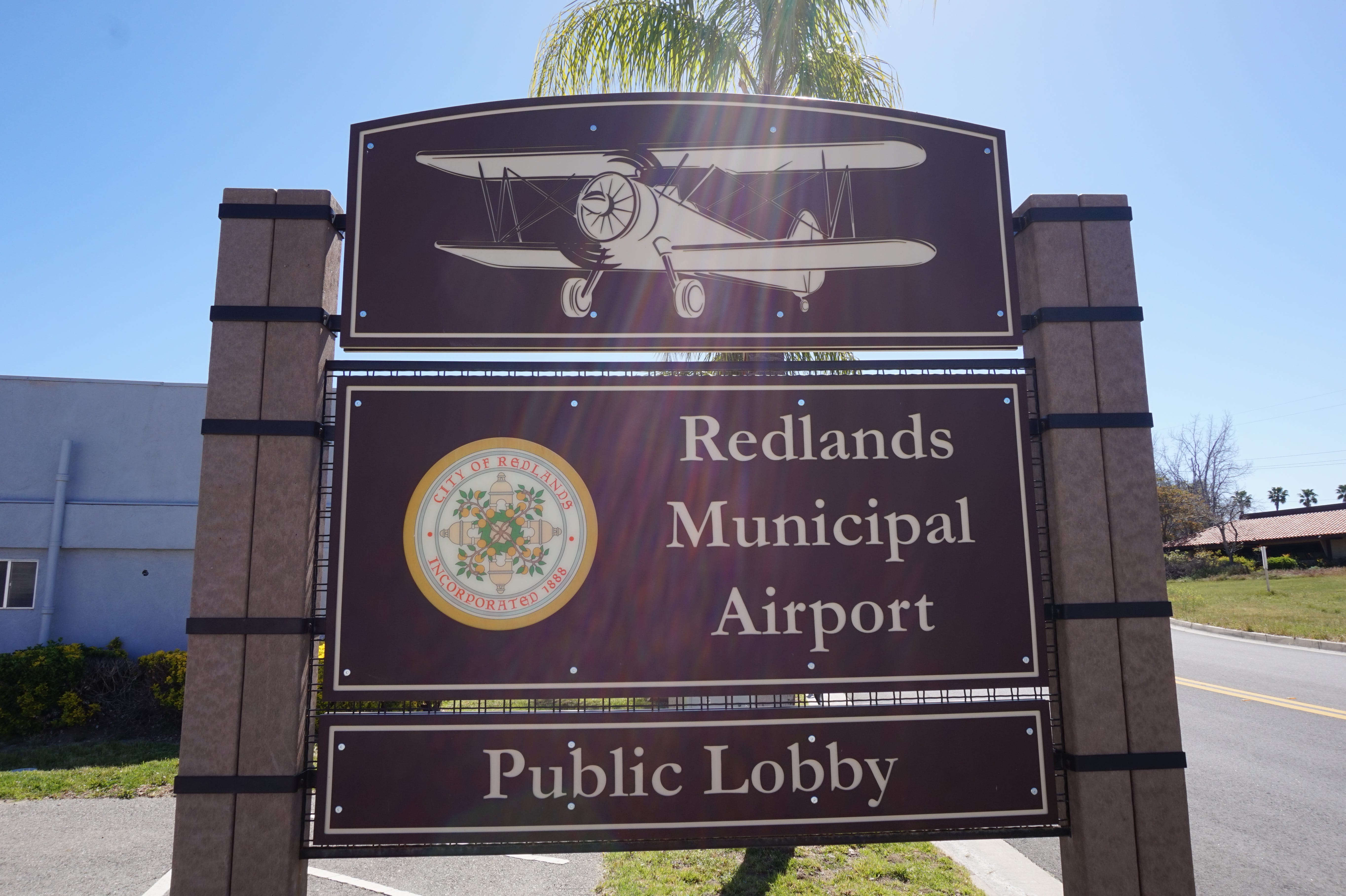
A lack of radar at the neighboring SBD Airport is also a concern for pilots flying in and out of Redlands Municipal Airport (REI).
"I'd like the tower controllers at San Bernardino Airport to be able to see me and advise an inbound jet that I'm a potential collision threat to them, so they can take proper action to avoid a collision," said Ted Gablin, President of the Redlands Airport Association (RAA).
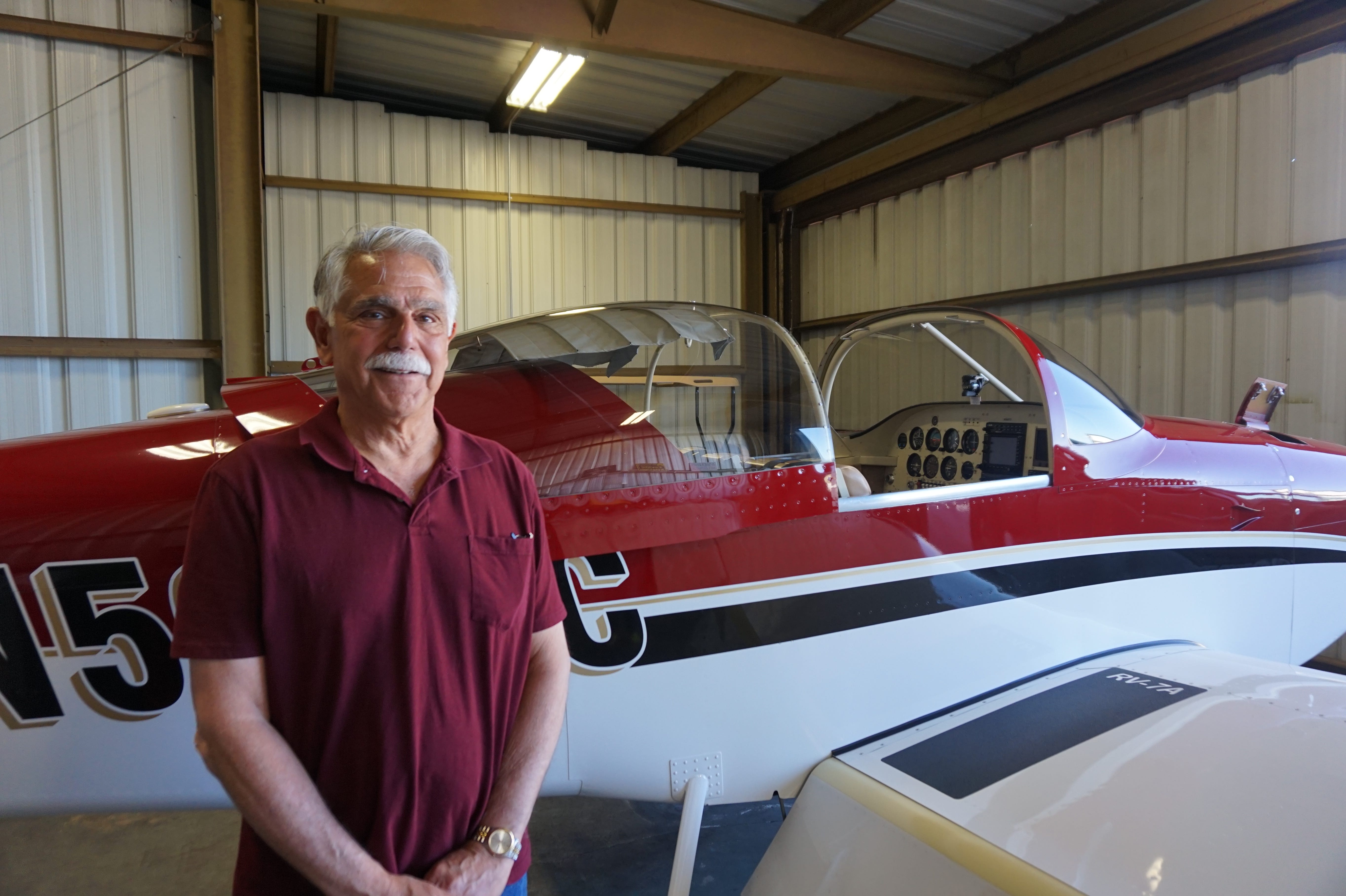
Gablin, who advocates for Redlands Airport and the 230+ local pilots, explained the lack of radar at the San Bernardino tower matters to Redlands because of the increased cargo traffic that flies over Redlands Airport on the way to SBD Airport.
Usually, large cargo planes land at San Bernardino Airport from the west. However, weather patterns can change this. If there are strong winds coming out of the west some pilots will choose an alternate runway so they can land their large aircraft into the wind.
If you live in Redlands, you may have seen it for yourself. The occasional large cargo jet flies over Redlands towards the east and then circles back west over Redlands Airport.
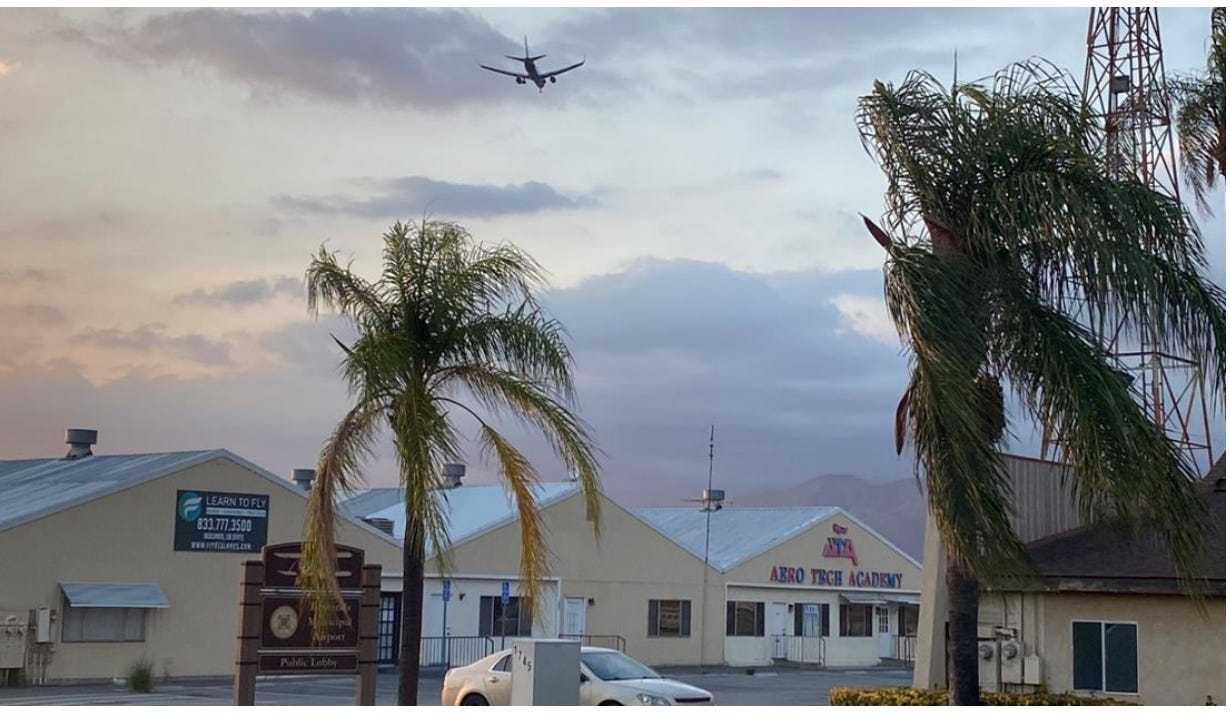
Right now, only one carrier uses this path, but it could increase in the future.
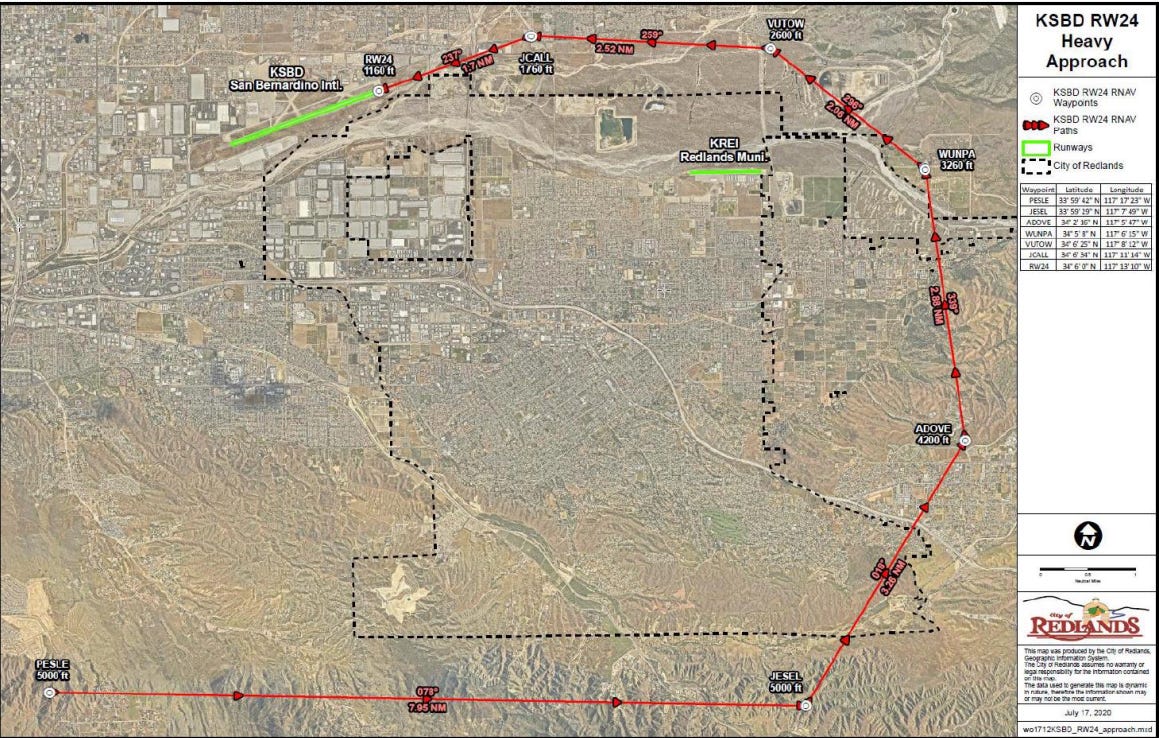
Gablin explains that this flight pattern is not breaking any FAA rules. However, he's concerned with safety.
"A large jet flying through the middle of the REI traffic pattern at close to the same altitude as small aircraft and at almost double the speed creates serious safety concerns," said Gablin.
Without radar at the San Bernardino Airport control tower, air traffic control has less visibility of the planes in the air. Gablin said the route poses two main risks: midair collision and wake turbulence.
Wake turbulence in the air is similar to a wake created in the water by a boat. The larger the boat, the larger the wake. But there's one big difference; the wake created by a plane is invisible.
"These wakes can last for 3-5 minutes. An unsuspecting pilot flying a light aircraft can fly into the wake from an airliner and be flipped or rolled uncontrollably," explained Gablin, "and at a low altitude, a wake turbulence encounter could lead to a fatal crash."
Gablin recalled that when UPS first tested an approach, they received multiple collision alert warnings from air traffic at Redlands. One time, it triggered what’s called an "automatic collision alert maneuver," forcing the aircraft to go around.
The FAA also recognizes the risks associated with jet traffic over Redlands Airport and is currently taking steps to investigate route safety.
According to both Gablin and Eastman, having a radar system at San Bernardino Control Tower would minimize the risk of wake turbulence and midair collisions.
"Radar can spot air traffic, and tower controllers can issue radio calls for aircraft to make adjustments to their courses to avoid conflicts. It is the prime tool needed to fix this problem," said Gablin
Even though many parties, including the FAA, want radar at SBD Airport, Gibbs said the delay lies in complex contract negotiations.
Gibbs explained that it is not a matter of funding but rather the availability of parts and the contact between the FAA and their radar supplier.
"It's not as easy as just ordering and delivering it. If that were the case, it would have been done years ago," said Gibbs.
Community Forward Redlands Newsletter reached out to the FAA to ask about a timeline for installing radar equipment at the San Bernardino airport control tower.
In a statement, an FAA spokesperson said, "The FAA is actively evaluating potential hardware and software applications, including commercial off-the-shelf technology, that may be used for situational awareness in FAA Contract Towers."
The FAA spokesperson did not give a timeline for when radar would be available.
At Redlands Airport, Gablin has been working to bring awareness to the issue. He presented his concerns about the proposed flight route over Redlands Airport to the City of Redlands Airport Advisory Board last summer.
He has been actively working with the Redlands Chamber of Commerce Government Review Committee to bring the concerns of RAA before elected officials.
In the meantime, Gablin recommends that residents with concerns over air traffic can file a complaint with the FAA.
Pilots can contact the Riverside Flight Standards Office if they are involved in any unsafe conditions, such as a near mid-air collision or a wake turbulence encounter.
Gablin hopes that bringing more attention to this issue might help move things forward and encourage the FAA to come to a resolution.
Sign up for our weekly newsletter